Reviving traditional crafts is a way of "engaging with your surroundings" say Design Doha panellists
Promotion: three designers working with crafts have shared their experiences of trying to preserve and revive traditional practices at a panel at Design Doha that can now be viewed on Dezeen.
Held as part of Design Doha's talks event, the Design Doha Forum, the panel was titled Crafting Futures: Models for the Revival and Innovation of Traditional Crafts.
Each of the participants represented a different model for engaging with crafts communities: Jovana Zhang runs the Róng Design Library, which catalogues and preserves crafts practices in China; Adrian Pepe is an artist whose work is focused on wool and is represented in Design Doha's main exhibition, Arab Design Now; and Sara Ouhaddou is one of four Moroccan designers on an exchange programme to work with crafts in Qatar, also through Design Doha.
The panel was moderated by Gwen Farrelly, curator of Design Doha Exchange.
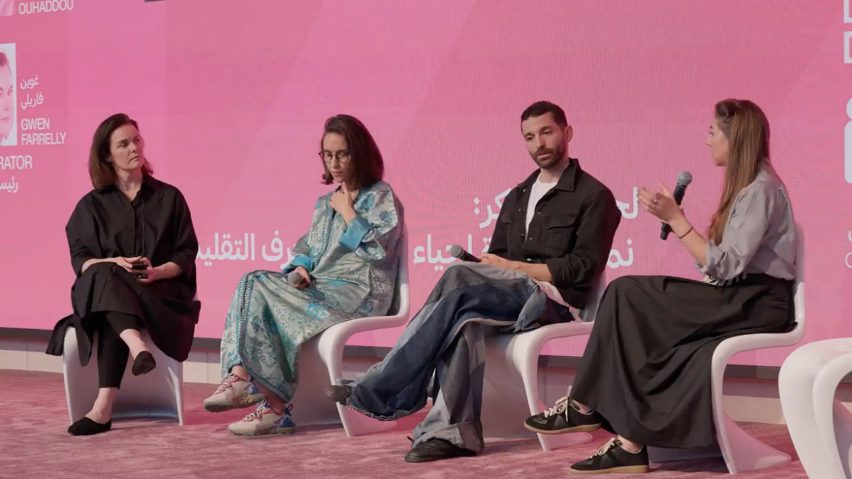
Each of the practitioners spoke about how they became interested in traditional crafts, the challenges they faced in combining them with design and how they managed the sense of responsibility for heritage and the livelihood of others when working in this space.
Pepe said that he had become drawn to craft as an antidote to being at art school, where he felt there was a severe disassociation between the two.
"It was all very abstract and conceptual, and I think I was lacking a way of engaging with my surroundings by engaging through my dexterity with my body," he said. "This is where I started to see that the only moments in which you could do that were in pre-industrial modes of production.
"As you imprint your body onto the matter, it alchemises the matter into something,” he continued. “This is where I became super intrigued."
The final piece of the puzzle came when Pepe discovered Awassi sheep, a breed with a "rich history" in the region that had been used not just for milk, meat and wool, but also to make all kinds of objects.
Yet, he found it was a challenge to locate people who still practised any of these crafts, as he said there is "less and less of a generational handover". Often, he finds himself trying to "reanimate" a practice from a written record.
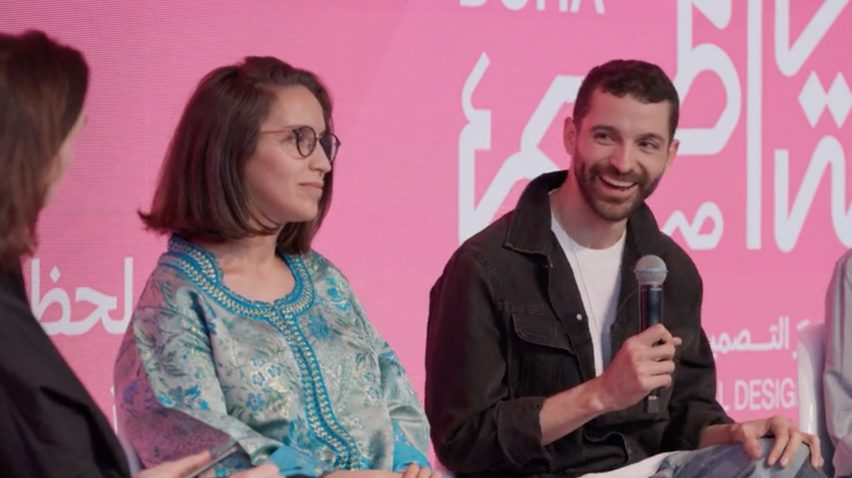
He said that while he often engages and collaborates with traditional craftspeople, it's important for him to engage in "the meditative act" of the craft process itself.
"I was just in Jaipur and I was reading about Gandhi and cotton spinning and this idea of the meditative act of spinning as an act of resistance, which I thought was so beautiful," said Pepe.
"I think that there is so much power in engaging with that physicality because you can enter a trance state through repetition for endless hours."
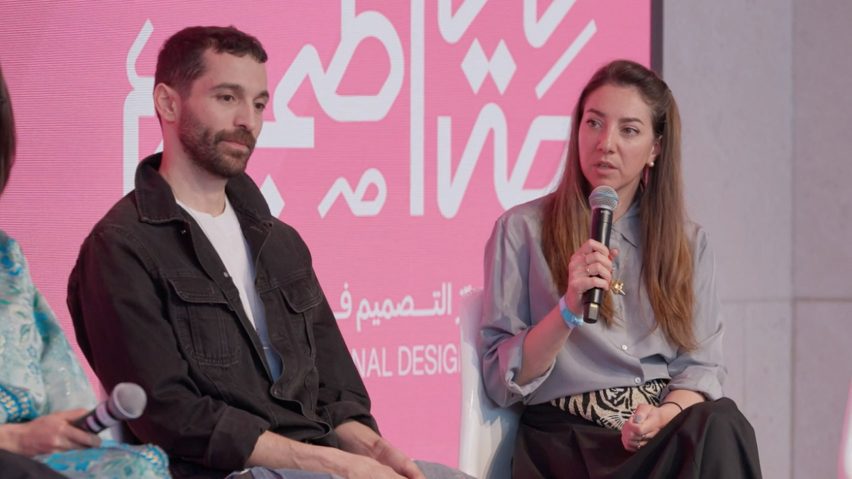
For Serbian-born Zhang, her interest in craft began with her family, who were all artisans.
She studied design in Serbia and Italy, but her focus turned to China when she met her partner, Lei Zhang. They moved to China in 2010 and set up their studio, PINWU Design, with the idea of collaborating with craftspeople.
She said their challenge has been figuring out their methodology, which had been developed over many years. A turning point came in their first project when they undertook a residency with a craftsman in a village to learn the ancient technique of making paper umbrellas, thinking they could improve on the ancient design.
"How silly," she said. "It's absolutely impossible [to improve on it]. This is something that you can't do."
Zhang said this one craft involved around 70 steps, including cutting the bamboo, understanding it, "marking it, slicing it, making bones, making paper prints, glueing".
"We tried bending it and slicing other kinds of bamboo or fabricated materials," she said. "All these things failed very badly. But [through] what we did, we picked up a few parts of this craft and created one chair."
The chair they created is an example of craft processes being remixed to make something new – an approach that Zhang and her colleagues have come to call "future tradition".
Zhang's studio founded the Róng Design Library in 2015 and now, alongside her team, they dedicate one year to researching a single material and its use across Chinese crafts. A Chinese artist is then invited to spend a period of time in residence at the Library, making work in response to the team's findings, and this final show then tours abroad.
The Róng Design Library also hosts residencies for international artists, creating a hub of activity and knowledge exchange around crafts.
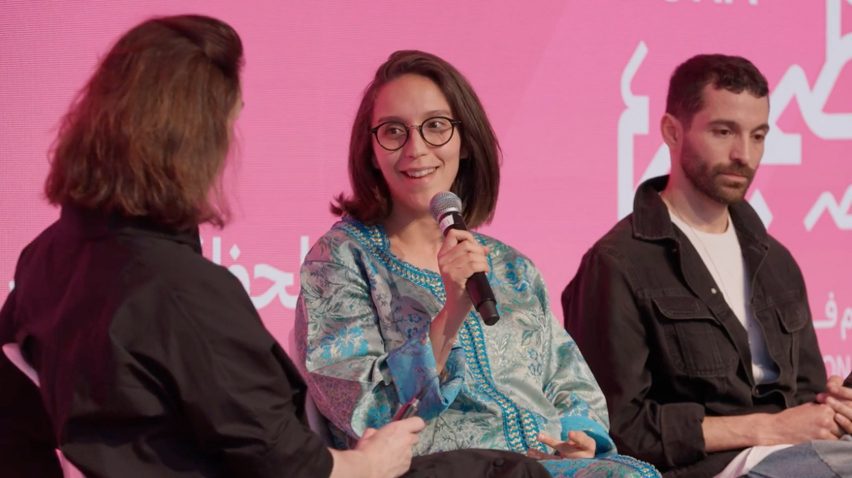
Ouhaddou, who was born in France to Moroccan immigrants, moved to her family's homeland in 2013 with the idea of "finding her own Morocco", and has since worked with local artisans in different fields.
She said that her challenge was almost an inverse one, where past traditions were being lost within crafts communities because of a lack of education about the value and importance of crafts and craft knowledge. Ouhaddou embarked on a mission to share this rapidly disappearing knowledge and to empower artisans to take control of their crafts.
She gave the example of how craftspeople are disassociated from the materials they use, citing it as an area where knowledge had been lost and had to be revived.
"[Nowadays] everything is imported," she said. "They don't know where it comes from. The knowledge of what you have and how you can work with that is so important for your own heritage."
Ouhaddou also spoke about her sense of responsibility towards the communities she works with, who she felt could be left vulnerable if her designs stopped selling at a profit.
"That's something I think a lot about – like if tomorrow I don't sell anything anymore, what happens?" she said. "So the way I try to answer the question is that okay, if everything stopped, what did I leave you so you can go on without me?"
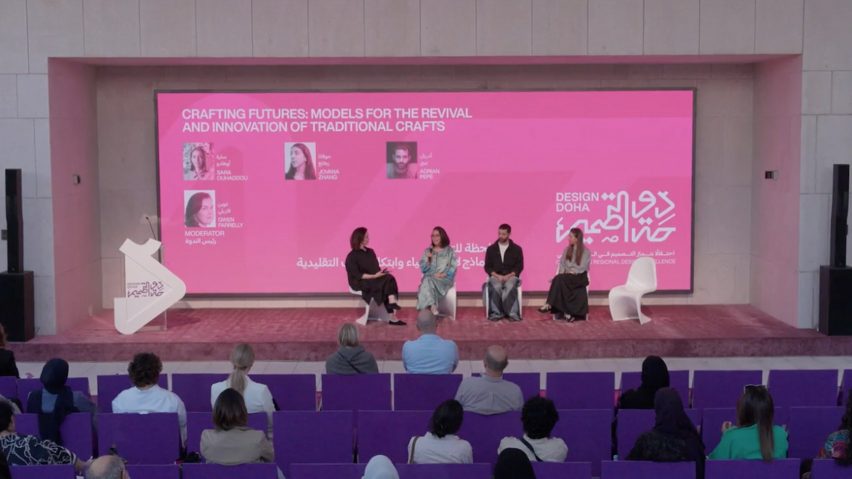
Sometimes, the reality of a project doesn't match Ouhaddou's expectations. She said that when she introduced a traditional form of embroidery to a classroom of 30 girls, only three proved to be interested.
However, she worked with the three for several years and developed a meaningful collaboration directed by the group. Eventually, one of the three girls went on to open a factory using her skills.
"Then the project is over," said Ouhaddou. "Because one among the 30 is now completely autonomous. They need her more than she needs me."
The Crafting Futures panel took place on Sunday 25 February at the M7 cultural centre in Doha, Qatar. The region's attention to craft emerged as a major theme during Design Doha, which was held for the first time in 2024 and will be a biennial event.
For more information, visit the Design Doha website.
Partnership content
This article was written by Dezeen for Design Doha as part of a partnership. Find out more about Dezeen partnership content here.